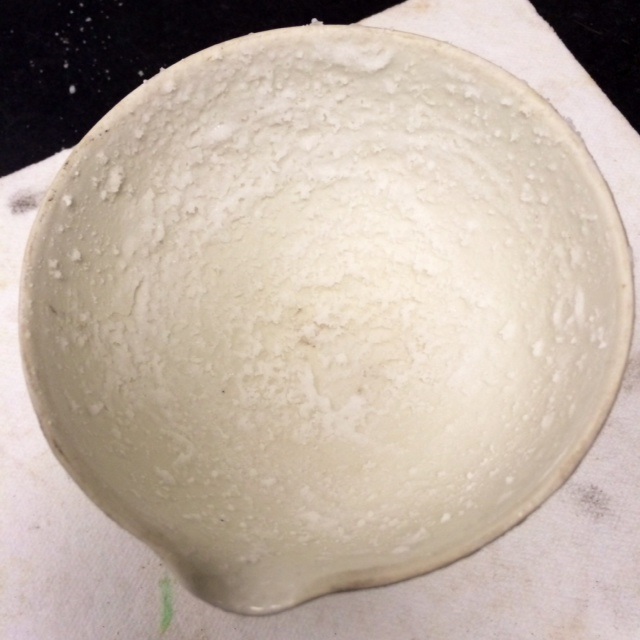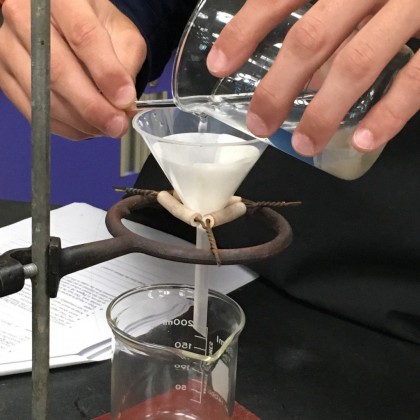CHEMISTRY: Great job with evaporating today, and great job in lab this week! Wow – you’ve learned a lot!! God bless you as you finish up studying for tomorrow’s test!
Did you read the review post earlier? Here’s the info again. In addition to the lab safety packets and the lab safety video, this is some VERY IMPORTANT information to study
- All the lab apparatus at your lab station and in the slide show – be able to identify it all and know what all the apparatus is used for.
- Know the parts of the Bunsen burner and how to light one.
- Know the parts of the balance and be able to measure mass with a balance AND volume with a graduated cylinder.
- I’ll ask you about safety control equipment and where it’s found in the lab.
- I’ll also have the safety symbols and the information they represent on the test
- Make sure you can both set up or draw and label diagrams for filtering, boiling, evaporating, and heating intensely.
HUGE HINT: Go back and view the earlier posts/slide shows on Lab Apparatus, Lab Tour, Lighting a Bunsen burner, Measuring Mass and Volume, etc. All of these are VERY helpful for the test!!
Also, don’t forget that the entire Exp A-1 Procedures & Techniques packet (including observations for ALL of the procedures you did as well as ALL of the questions on pages 13 – 18) is due TOMORROW.
God bless you as you study! It’s a ton of information, but you can do it!! I’ll be praying for you!!

______________________________________________________


